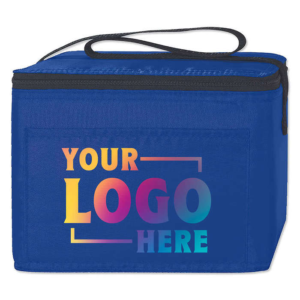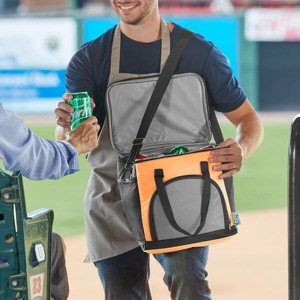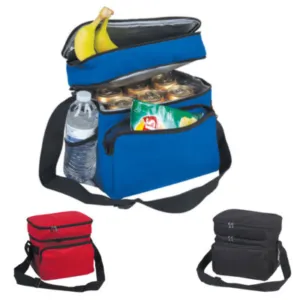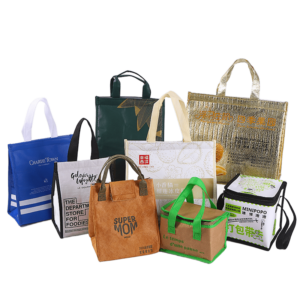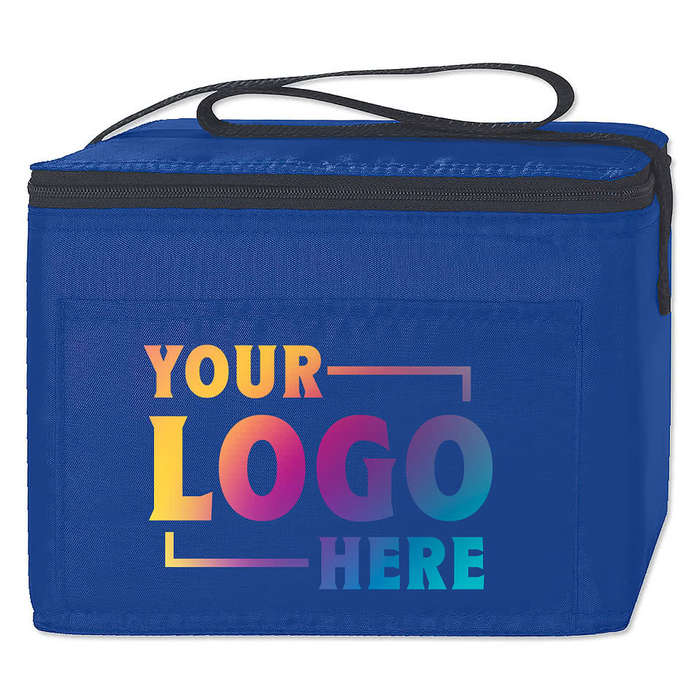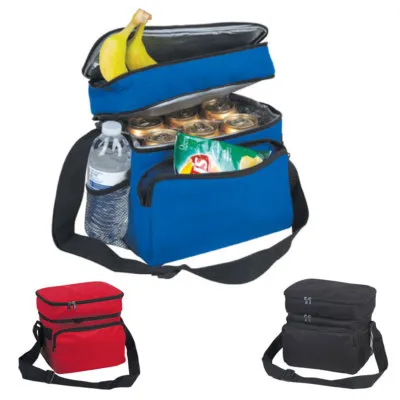Before starting mass production, buyers must confirm multiple factors to ensure smooth operations, consistent quality, and avoid unexpected delays or expenses. This list outlines 10 critical checkpoints, developed from real industry standards and expert insights.
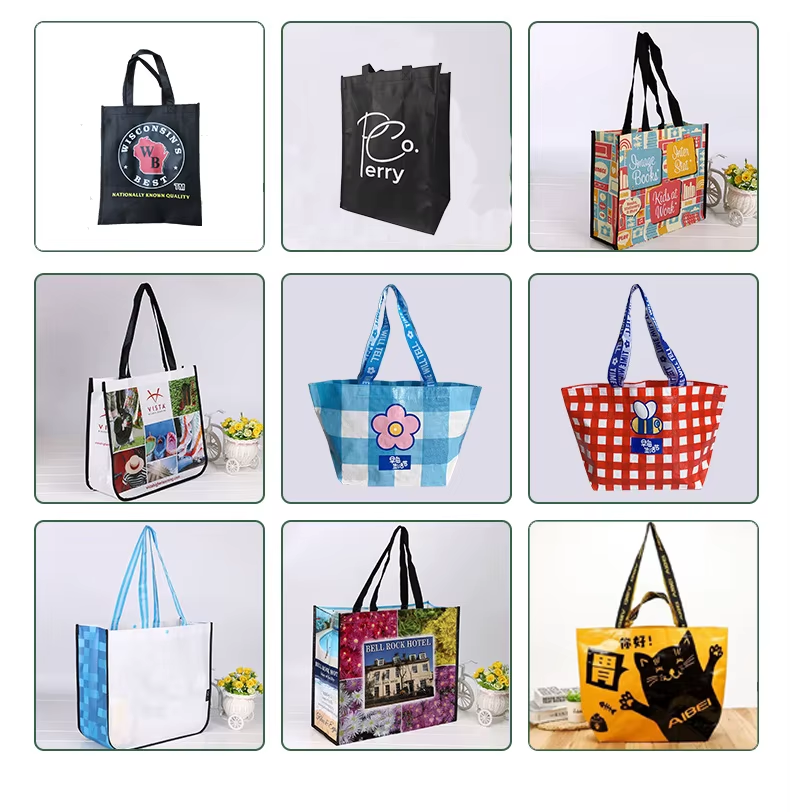
Buyers should confirm product design, supplier readiness, and production setup before mass production to prevent defects, delays, and quality failures.
Missed details in the pre-production phase can lead to expensive reworks. Read on to avoid common manufacturing pitfalls.
1. Design Validation[^1]
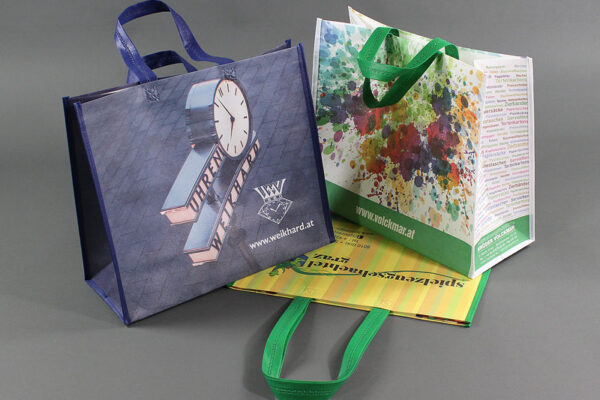
Dive-Deeper paragraph: Validating the final product design is the first step to ensure mass production won't lead to functional issues or customer dissatisfaction. Buyers should confirm whether the design has passed performance benchmarks like drop tests, stress simulations, thermal exposure, and packaging trials. These validation efforts help detect vulnerabilities that might not appear in CAD models or small-batch samples.
Why it matters
Products often fail during large-scale production due to minor design flaws that magnify at scale. For example, weak hinges or materials that deform under stress often pass initial sampling but break in transit or daily use.
Suggested Testing Plan
| Test Type | Purpose | Frequency |
|---|---|---|
| Drop Test | Check durability under impact | 3 times/unit |
| Vibration Test | Simulate shipping conditions | Once/batch |
| Stress/Weight Test | Evaluate pressure resistance | Randomly |
2. Component and Supplier Verification[^2]
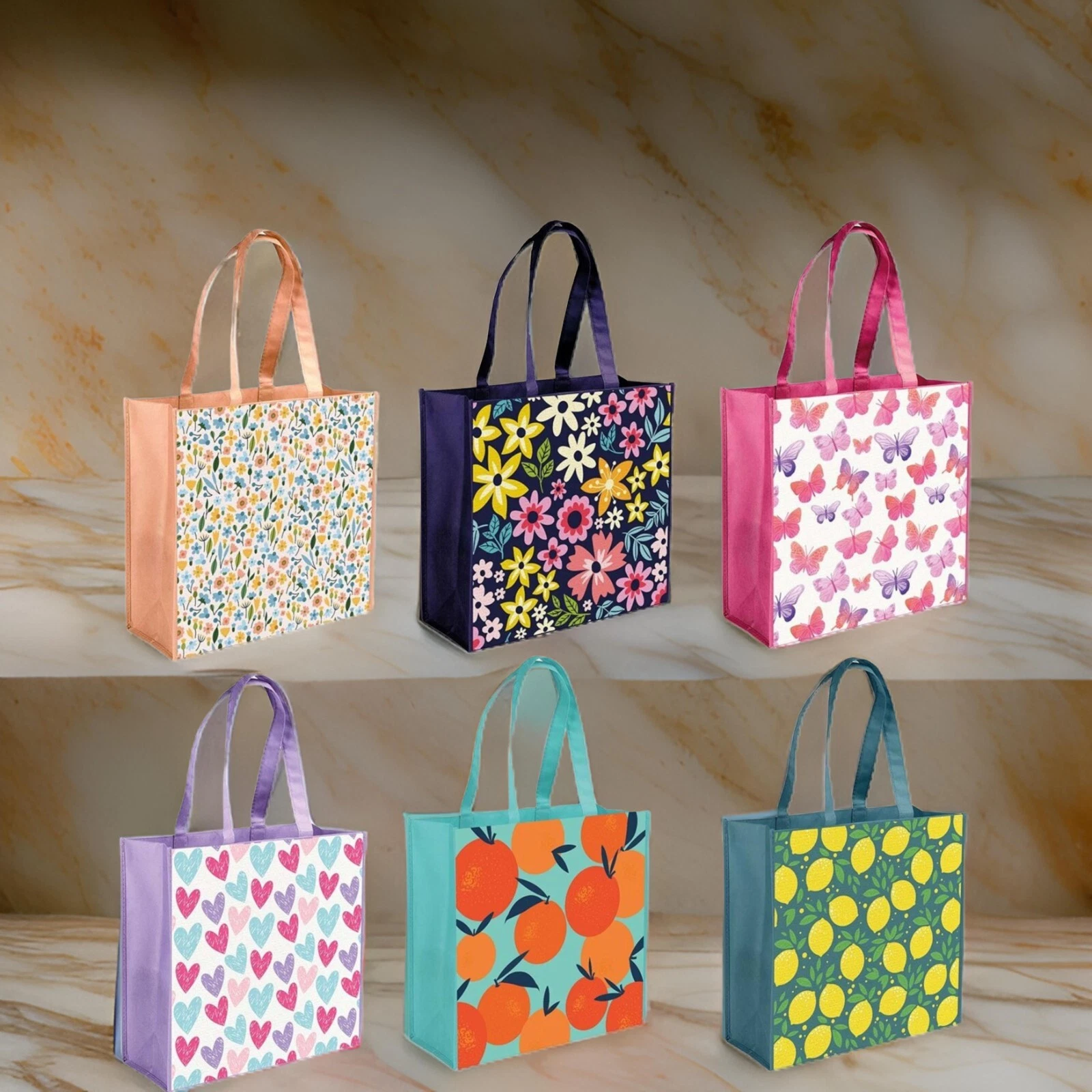
Dive-Deeper paragraph: Poor-quality components are one of the top causes of mass production defects. Buyers must review the bill of materials (BOM) and verify each component meets the required specifications. Conducting supplier audits and requesting samples from each vendor can expose hidden quality or delivery risks. It's important to build redundancy by identifying alternate suppliers in case of delays.
Points to check
| Component | Specification Verified | Supplier Audited | Backup Available |
|---|---|---|---|
| Zipper | ✅ | ✅ | ✅ |
| Fabric | ✅ | ✅ | ❌ |
3. Manufacturing Line Readiness[^3]
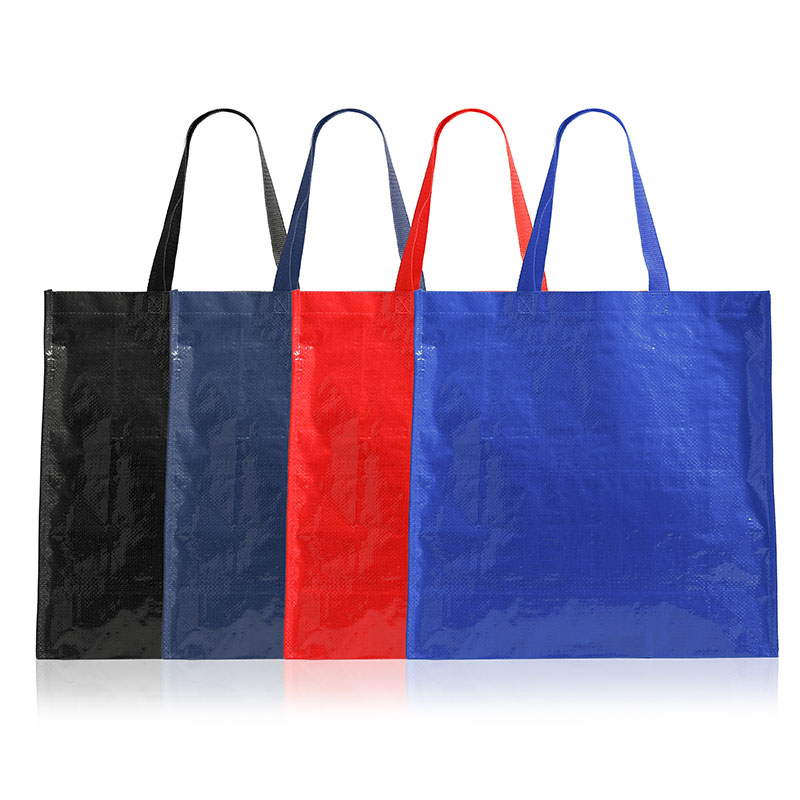
Dive-Deeper paragraph: Production line readiness directly affects output speed and quality. Before scaling, the factory should run a dry process—no materials, just steps and timing—to reveal process delays. Production engineers need to verify machine calibration, employee training levels, and stage balancing to avoid bottlenecks. A well-prepared line avoids defects and ensures consistency from the first unit to the last.
Readiness Checklist
| Task | Completed | Notes |
|---|---|---|
| Line Dry Run | ✅ | No bottlenecks found |
| Operator Training Verified | ✅ | Completed last week |
| Equipment Calibrated | ✅ | Next check in 30 days |
4. Approved Quality Standards and Documentation[^4]
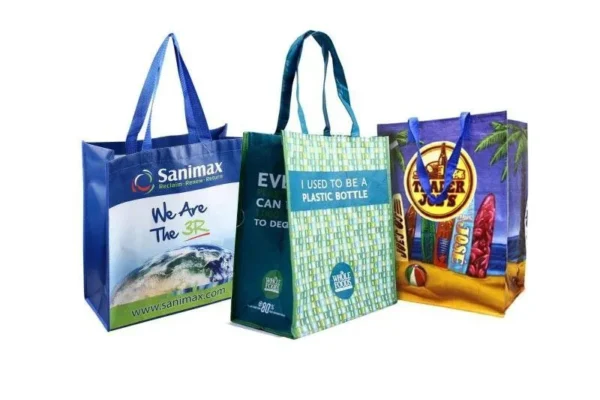
Dive-Deeper paragraph: Buyers must receive and approve a full set of quality guidelines before mass production. This includes accepted tolerances, visual defect criteria, measurement standards, and packaging instructions. A signed-off document ensures that both the factory and buyer align on expectations, and it also provides legal protection if disputes arise later.
Recommended Quality Doc Contents
| Section | Included | Reviewer Comments |
|---|---|---|
| Visual Inspection Spec | ✅ | Include stitching density |
| Dimensional Tolerance | ✅ | ±2 mm accepted |
| Packaging Standard | ✅ | Revise barcode layout |
5. Pilot or Pre-Production Runs[^5]
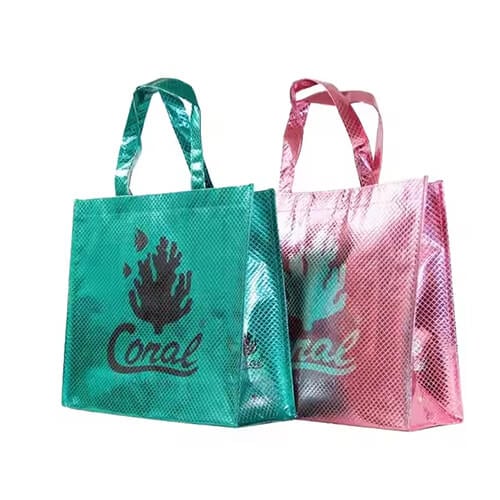
Dive-Deeper paragraph: Pilot runs simulate full production and reveal flaws in both design and process. Buyers should require engineering validation tests (EVT), design validation tests (DVT), and production validation tests (PVT) to verify everything works under realistic conditions. These runs highlight defects, process delays, and quality consistency—critical information before scaling up to thousands of units.
Pilot Run Goals
| Pilot Type | Objective | Result Needed |
|---|---|---|
| EVT | Confirm working functionality | ✅ Pass |
| DVT | Validate design under conditions | ✅ Pass |
| PVT | Simulate full-scale production | ✅ Acceptable |
6. Factory and Equipment Conditions[^6]
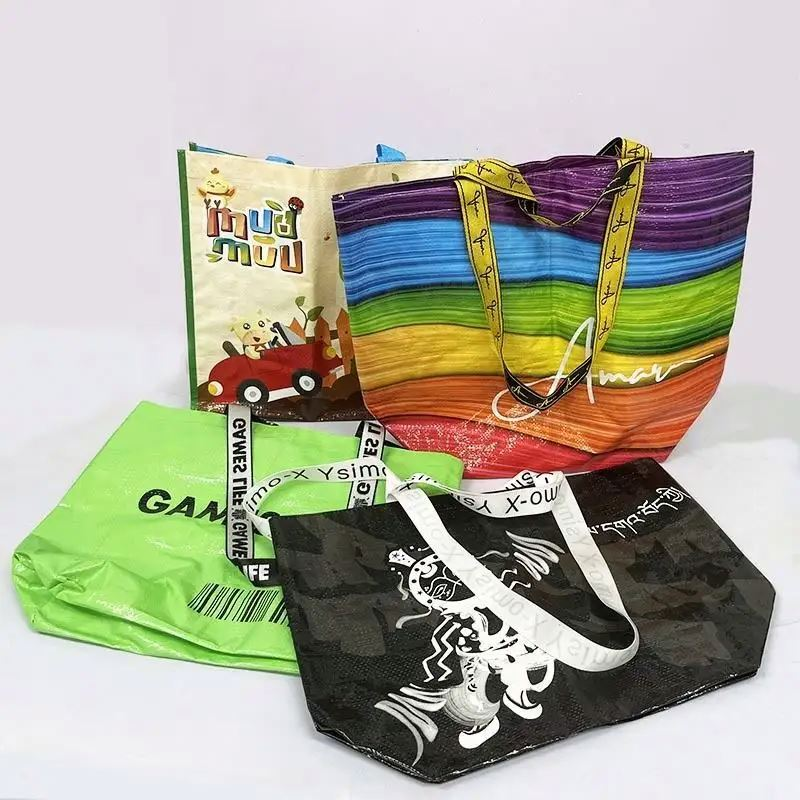
Dive-Deeper paragraph: Even with a solid design, poor factory conditions can ruin output. Buyers should inspect factory cleanliness, machine maintenance records, and worker safety compliance. Machines should be regularly serviced and calibrated. Dirty environments or unmaintained tools often result in defects or delays. Worker morale and safety also affect consistency and speed.
Equipment Checklist
| Machine Type | Last Maintenance | Issues Found |
|---|---|---|
| Sewing Machines | 10 days ago | No |
| Laminating Machines | 5 days ago | Minor fix |
7. Material Storage and Inventory Management[^7]

Dive-Deeper paragraph: Raw material quality declines if stored improperly. Buyers should confirm that materials are kept in clean, dry areas, labeled clearly, and protected from pests, heat, or moisture. Stock rotation (FIFO) must be in place to use older material first. Barcode systems and real-time tracking reduce chances of mixing bad or expired components into production.
Storage Audit Points
| Area | Labeling Clear | Temp Controlled | FIFO Used |
|---|---|---|---|
| Fabric Storage Room | ✅ | ✅ | ✅ |
| Packaging Supplies | ✅ | ❌ | ✅ |
8. Process Compliance and Controls[^8]
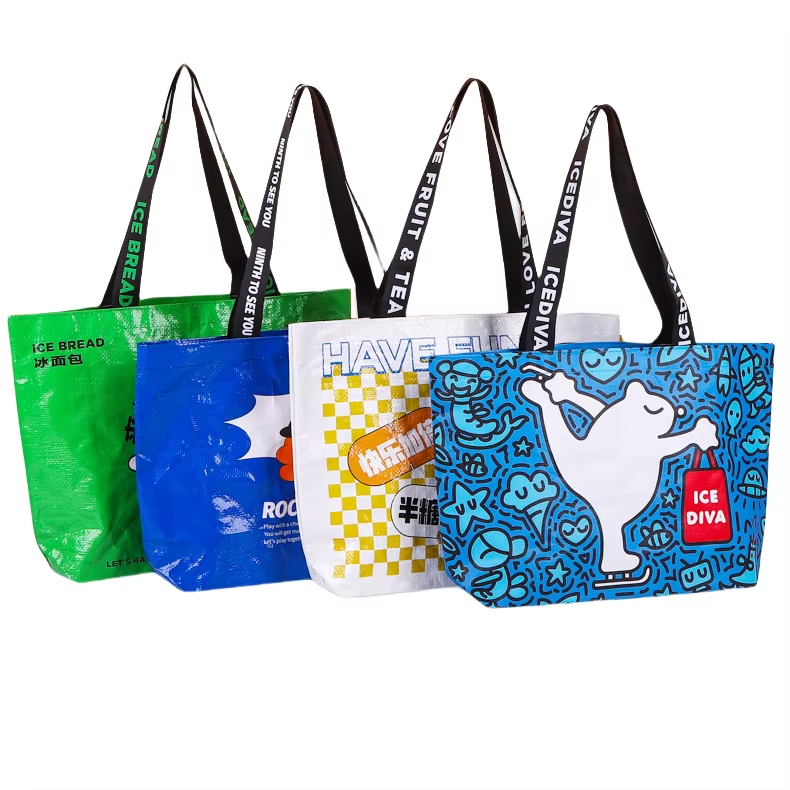
Dive-Deeper paragraph: A well-documented process isn't enough—buyers must confirm that factories follow procedures consistently. This includes in-line inspections, quality gates, and pre-shipment checks. Buyers should insist on early-stage inspections to catch mistakes while they are still easy to fix. Skipping this leads to expensive rework or full-batch rejection.
Compliance Measures
| Inspection Stage | Frequency | Responsibility |
|---|---|---|
| Incoming Material Check | Daily | QA Staff |
| First Article Inspection | Every shift | Production Lead |
| Final QC | 100% check | QA Dept |
9. Engineering Change Management[^9]
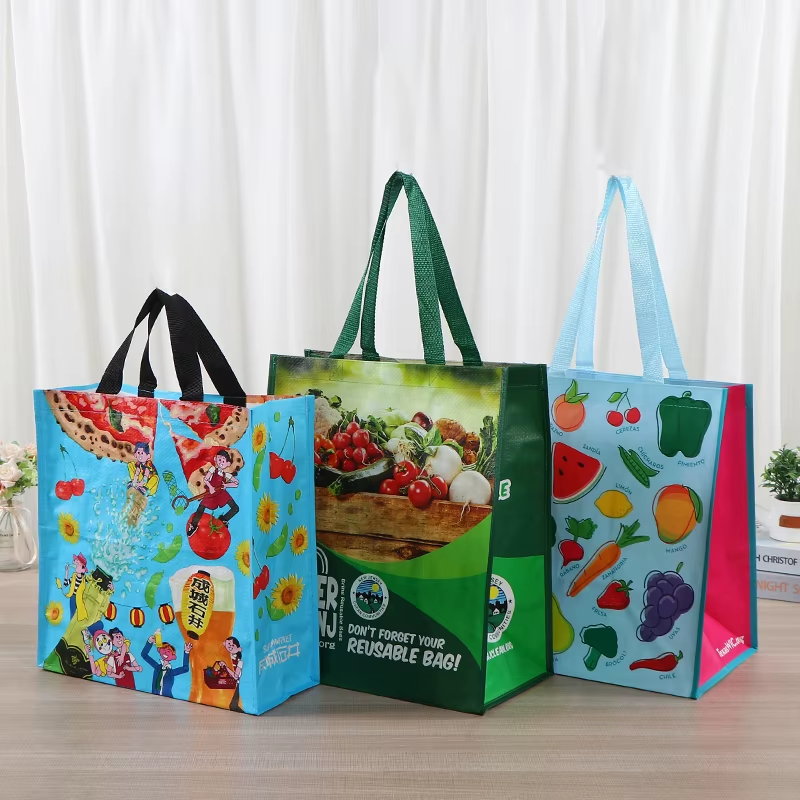
Dive-Deeper paragraph: During early production, design or material changes often happen. Buyers should demand a documented engineering change order (ECO) process to track revisions. All changes must be reviewed, tested, and approved by both buyer and supplier. Otherwise, an unapproved update could affect compatibility, safety, or certification.
ECO Example
| Change | Reason | Status |
|---|---|---|
| Zipper Type Updated | Old model phased out | Approved |
10. Communication and Reporting from the Manufacturer[^10]
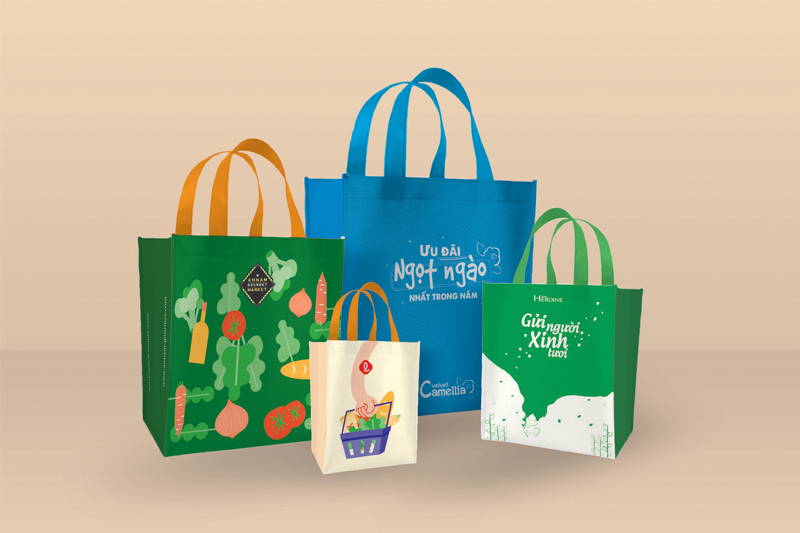
Dive-Deeper paragraph: Continuous updates from the factory keep buyers informed and responsive. Set up a reporting system where the manufacturer shares regular updates on defect rates, production delays, or material issues. Post-pilot reports are especially valuable, offering insight into what needs fixing before scaling. Real-time data allows the buyer to intervene quickly, avoiding large-scale defects.
Weekly Report Template
| Metric | This Week | Last Week | Change |
|---|---|---|---|
| Units Produced | 15,000 | 14,000 | +7.1% |
| Defect Rate (%) | 1.5% | 1.8% | -0.3% |
| Delays (Hours) | 0 | 2 | -2 hrs |
Conclusion
Buyers who confirm these 10 checkpoints dramatically reduce the risks tied to mass production. I've seen firsthand how missing just one step—like skipping a pilot run or not verifying components—can derail delivery schedules and damage reputations. Every factory is different, so adapt these steps based on product type and volume.
Have you encountered challenges in mass production preparation? Share your experience in the comments!
---
[^1]: Understanding Design Validation can help ensure your product meets quality standards before mass production.
[^2]: Learn effective strategies for verifying components and suppliers to avoid production defects.
[^3]: Explore the key factors that contribute to a ready manufacturing line for efficient production.
[^4]: Discover how quality standards protect your interests and ensure product consistency.
[^5]: Find out how pilot runs can reveal critical flaws before full-scale production.
[^6]: Learn how factory conditions impact production quality and efficiency.
[^7]: Explore effective storage practices to maintain raw material quality.
[^8]: Understanding process compliance can help prevent costly production errors.
[^9]: Learn how to manage design changes effectively to maintain product integrity.
[^10]: Discover how effective communication can prevent production issues and enhance collaboration.

